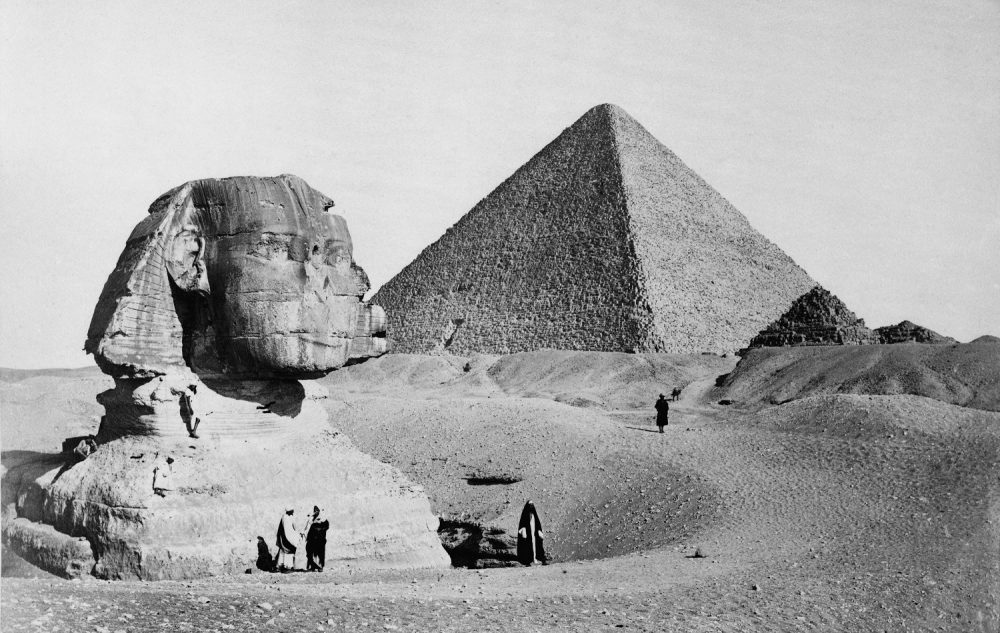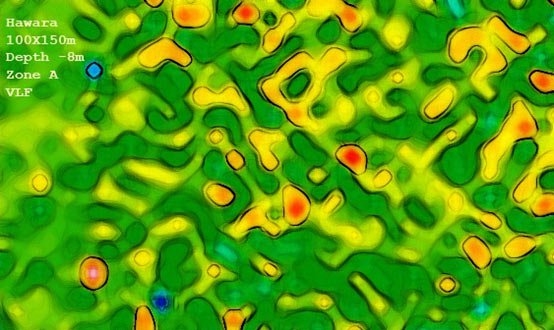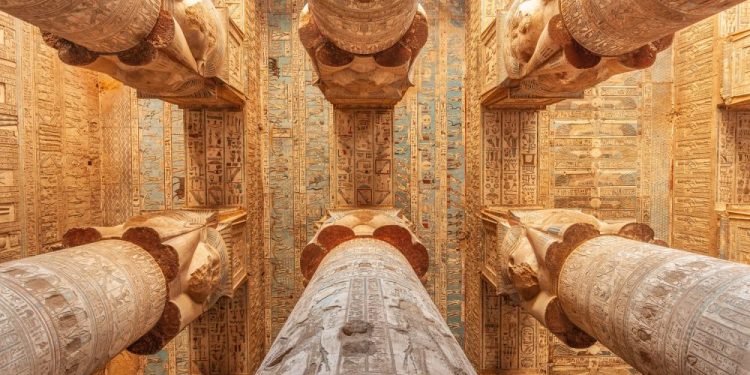Ancient Egypt is home to many interesting and striking things. Thousands of years ago, the ancient Egyptian civilization was one of the greatest cultures to ever live on Earth, leaving their legacy written in stone.
Today, and after centuries of exploring the land of the Pharaohs, we have still not managed to uncover all of ancient Egypt’s secrets.
The more we uncover, the less we understand, but we have come to realize how advanced this culture really was.
A long-lost Labyrinth?
In addition to its many pyramids, intricate temples, and imposing statues, ancient Egypt has many more things to offer.
Many of them are in the form of culture, folklore, and gastronomy as experts uncover the people of ancient Egypt’s lifestyle through history.
But many things from ancient remain buried deep beneath the golden sands of the land of Pyramids.
One such discovery is the long-lost ancient Egyptian Labyrinth, believed to be, until recently, nothing more than a myth.
As I’ve explained in previous articles, the entire country can be seen as a massive ancient encyclopedia. Each discovery and archeological site is another page that help’s us understand history.
And the ancient Labyrinth I am speaking of is a great part of the encyclopedia of Egypt.

Evidence?
When searching for evidence of long-lost cities like Atlantis, finding evidence of its existence is nearly impossible.
That’s because written evidence of the existence of Atlantis can be traced back to two sources: the most famous source being Plato and the lesser-known source the alleged stories of Ancient Egyptian priests who were the one who essentially first mentioned Atlantis before Plato’s writing.
But when it comes down to the ancient Egyptian Labyrinth, which is also considered one of the many legends and myths of ancient Egypt, things change.
In fact, there is ample evidence that the massive Labyrinth actually existed.
Reasons to believe it’s real
Herodotus
The Greek historian Herodotus wrote in the 5 th century BC (‘Histories,’ Book, II, 148) of the existence of a gigantic temple that was home to more than 3,000 rooms, which were covered in intricate paintings and hieroglyphics:
“This I have actually seen, a work beyond words. For if anyone put together the buildings of the Greeks and display of their labors, they would seem lesser in both effort and expense to this Labyrinth. Even the pyramids are beyond words, and each was equal to many and mighty works of the Greeks. Yet the Labyrinth surpasses even the pyramids.”
Herodotus described the temple in great detail:
“…it has twelve courts covered in, with gates facing one another, six upon the Northside and six upon the South, joining on one to another, and the same wall surrounds them all outside; and there are in it two kinds of chambers, the one kind below the ground and the other above upon these, three thousand in number, of each kind fifteen hundred. The upper set of chambers we ourselves saw;… but the chambers underground we heard about only… For the passages through the chambers, and the goings this way and that way through the courts, which were admirably adorned, afforded endless matter for marvel, as we went through from a court to the chambers beyond it, and from the chambers to colonnades, and from the colonnades to other rooms, and then from the chambers again to other courts.”
“Over the whole of these is a roof made of stone like the walls, and the walls are covered with figures carved upon them, each court being surrounded with pillars of white stone fitted together almost perfectly; and at the end of the Labyrinth, by the corner of it, there is a pyramid of forty fathoms, upon which large figures are carved, and to this, there is a way made underground. Such is this Labyrinth.”
Strabo’s and Siculus accounts
Another Greek scholar, Strabo, an ancient geographer, philosopher, and historian, even claimed to have visited the Labyrinth and saw its wonders with his own eyes.
Strabo wrote:
“Before the entrances, there lie what might be called hidden chambers which are long and many in number and have paths running through one another which twist and turn so that no one can enter or leave any court without a guide.”
Diodorus Siculus, another ancient Greek writer, revealed more stunning details about the Labyrinth in his work:
“When one had entered the sacred enclosure, one found a temple surrounded by columns, 40 to each side, and this building had a roof made of a single stone, carved with panels and richly adorned with excellent paintings. It contained memorials of the homeland of each of the kings as well as of the temples and sacrifices carried out in it, all skilfully worked in paintings of the greatest beauty.”
The Mataha Expedition
And since there are plenty of ancient texts mentioning this temple, why doubt its existence? Most importantly, the works of ancient writers that mention the Labyrinth are consistent, which is indicative that this stunning place, with thousands of rooms, was not just an ancient fairy tale. Still, a real structure that possibly became forgotten throughout history buried beneath the golden Egyptian sands.
Enter the Mataha Expedition.
Using state-of-the-art technology and using information gathered by the ancient writers, a group of researchers set out to find the Lost Labyrinth of Egypt.
To find its exact location, they studied in detail what Herodotus had written about it.
The Greek writer suggested the labyrinth “situated a little above the lake of Moiris and nearly opposite to that called the City of Crocodiles.”
And the city of Crocodiles, aka Crocodilopolis, is real. It is located on Egypt’s Nile River’s western bank, just between the river and Lake Moeris.
Not far from there, just south of the city of Crocodiles, we find an archeological site called Hawar, where the Pyramid of Amenemhat III, the last king of the 12th dynasty, stands in ruins.
There, William Flinders Petrie, an English Egyptologist and a pioneer of systematic methodology in archaeology and preservation of artifacts, made a significant discovery in 1889 as he uncovered a gigantic stone plateau measuring 304m by 244m.
It was Petrie who suggested that the massive plateau was, in fact, the foundation upon which the ancient Labyrinth once stood.
But while Petrie may have found part of the Labyrinth, he got things mixed up.
The Mataha Expedition recalled how the writers of antiquity mentioned that the Labyrinth was topped by a stunning, massive roof of stone.
What if the plateau Petrie discovered was not the foundation but, in fact, the roof of the Labyrinth?
To get to the bottom of the mystery, they used ground-penetrating radar to explore the site without damaging it.
And in 2008, and after receiving a special permit from the Supreme Council of Antiquities of Egypt, the researchers headed to the site and used ground-penetrating radar operated by the National Research Institute of Astronomy and Geophysics to explore the site that Petrie had found in 1889.

They found one of the most impressive discoveries in the history of Egypt: An extensive site located beneath the surface with vast chambers, halls, and walls several meters thick.
At a depth of around 10 meters, a massive grid structure made of a material the experts argue is granite.
The scans confirmed that writers of antiquity had mentioned in the distant past, indicating that there was a massive, unexplored structure located beneath our feet that had remained undisturbed for millennia.
Join the discussion and participate in awesome giveaways in our mobile Telegram group. Join Curiosmos on Telegram Today. t.me/Curiosmos











